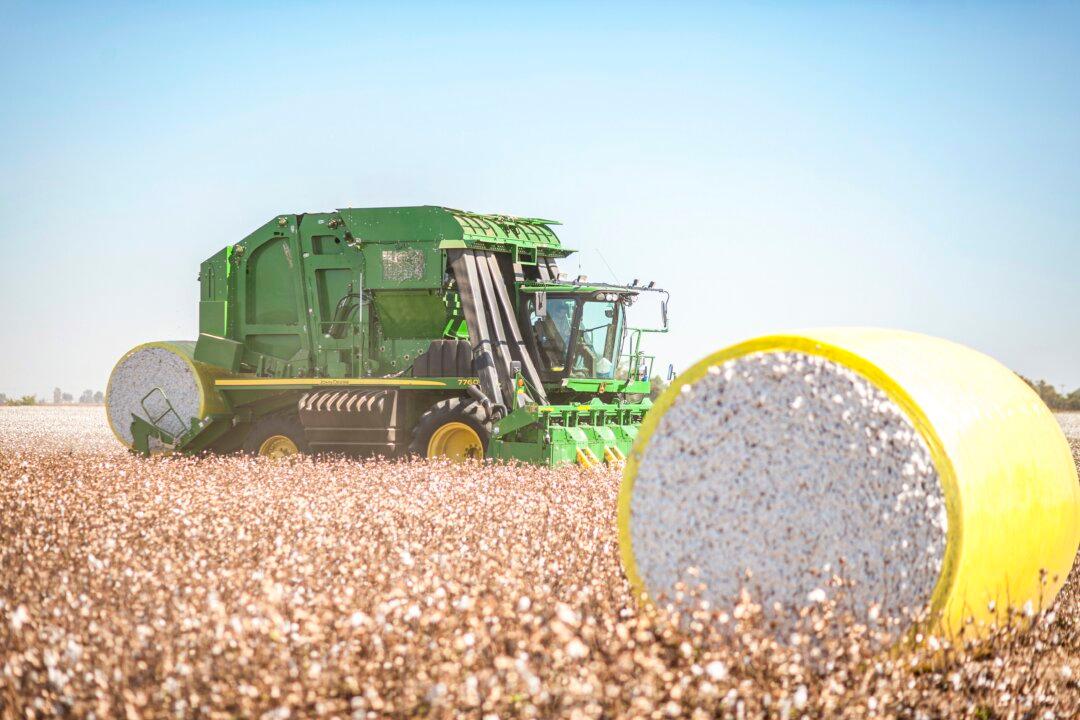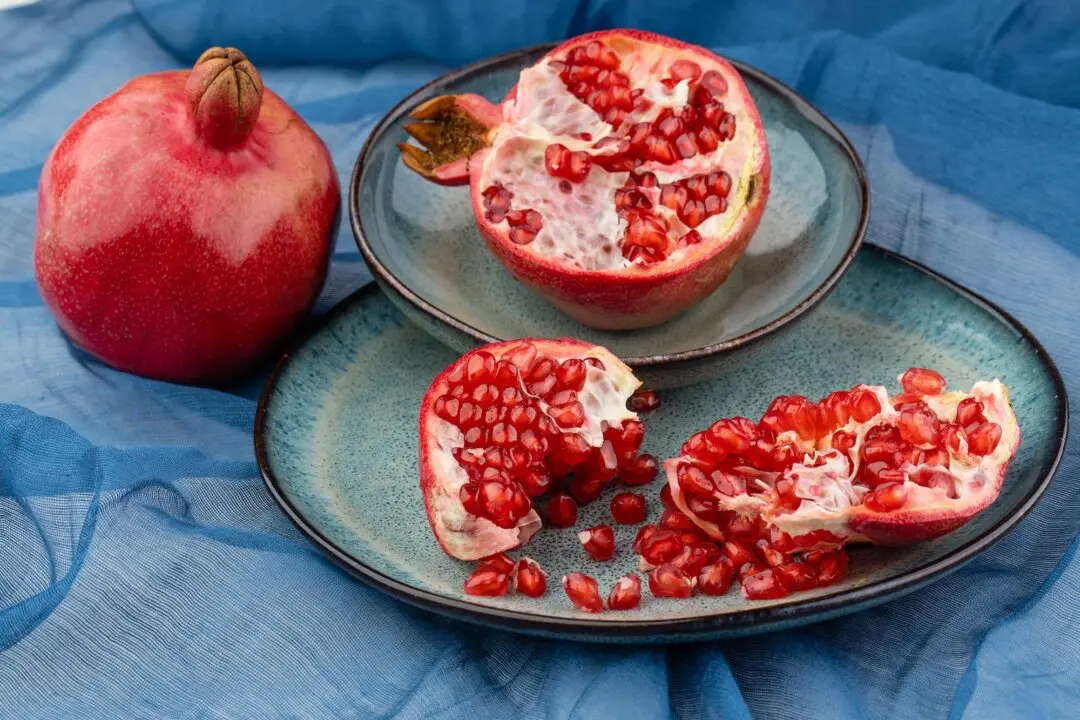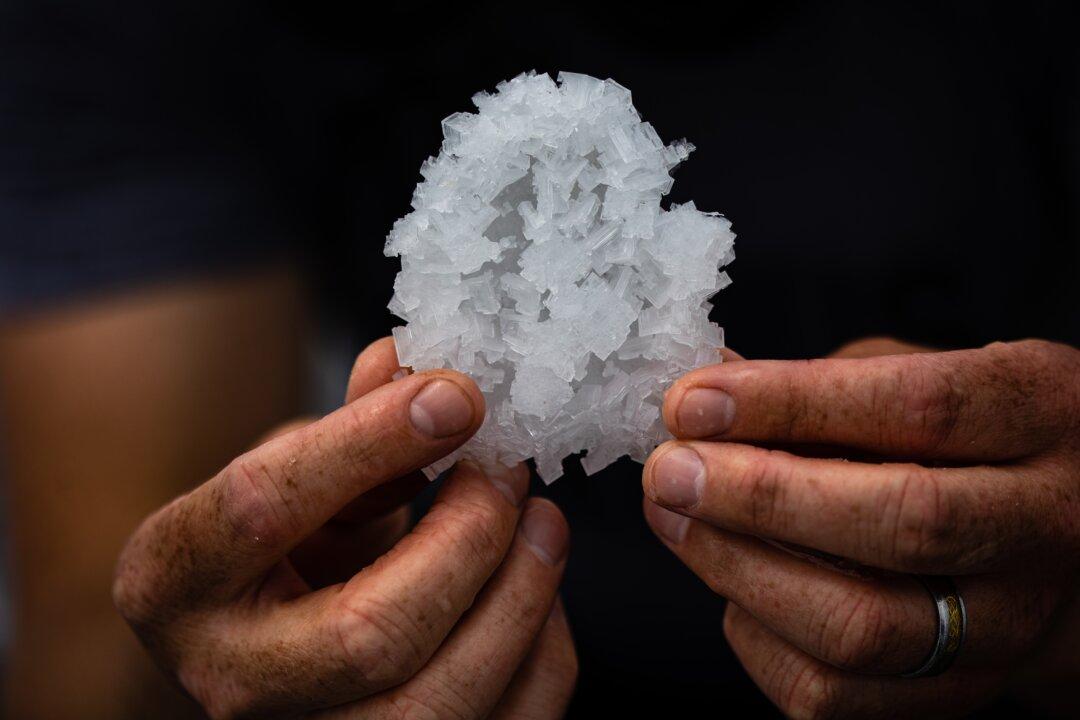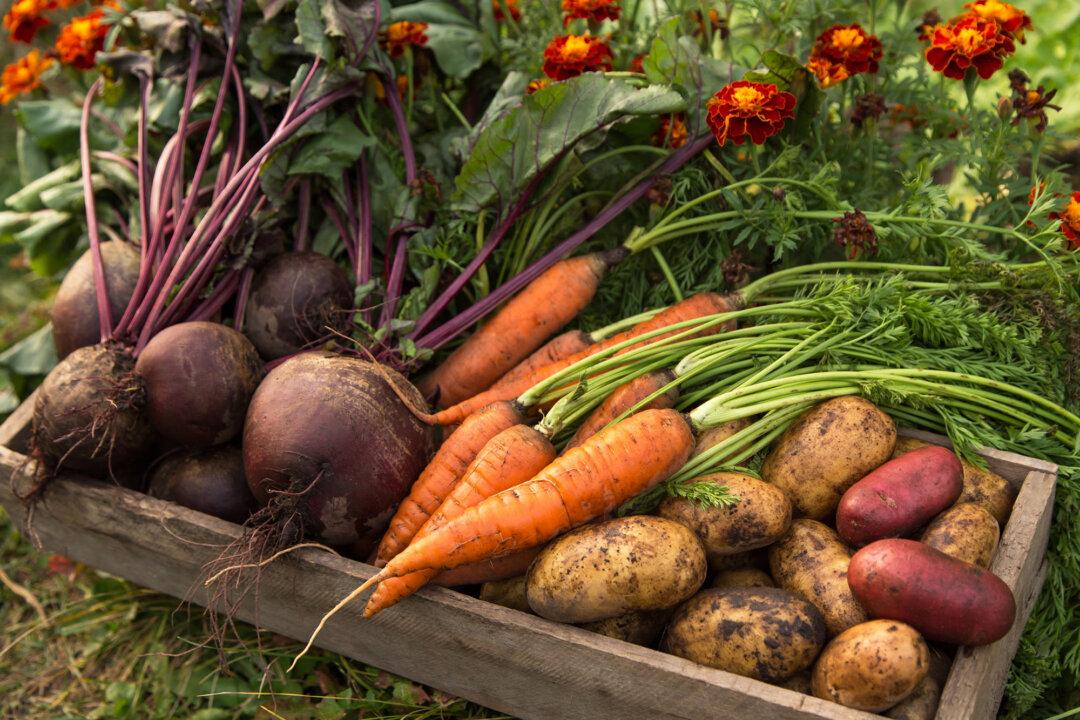What if cotton enjoyed the same cultural cachet and sophisticated distinction as fine wine?
“Ah, yes, a 2022 Los Banos appellation, Bowles Farm estate-grown PimaCott vintage,” Cannon Michael declared humorously, plucking an ivory tuft from an immense roll of newly harvested cotton resting field-side in central California.
“Extra-long staple that year. Take a minute to savor the sweet aroma,” he added, smelling the fibers. “After-scents of yeast and apricot. A satiny feel,” he concluded, rubbing the fibers gently, as you would a rose petal. Bowles Farm, where Michael is president, is among a handful of cotton growers allied with PimaCott, a consortium working to upgrade the status and perception of cotton—specifically, the extra-long-fiber cotton grown in the United States. The brand involves entities from all stages of the supply chain, from grower to textile manufacturer to retailer.
Cotton has been part of human life for at least 7,000 years; India, Egypt, and South America are among cotton’s original homelands, and the various original species (more than 30) have been extensively adapted and interbred for millennia by numerous civilizations, with seeds and production migrating around the world. Originally derived from cotton species native to the Western Hemisphere, pima cotton was taken to Egypt centuries ago, where it is still grown and called Egyptian cotton. That cotton was brought back to the New World and first grown on the sea islands of the Atlantic coast; later adopted by the Pima Indians of southern Arizona, acquiring its modern name; then planted in California’s Central Valley, which is where most of it is grown today. Egyptian or pima is used for high-quality textile products, while upland cotton is the more common variety and viable for growing in more challenging environments, such as West Texas.





